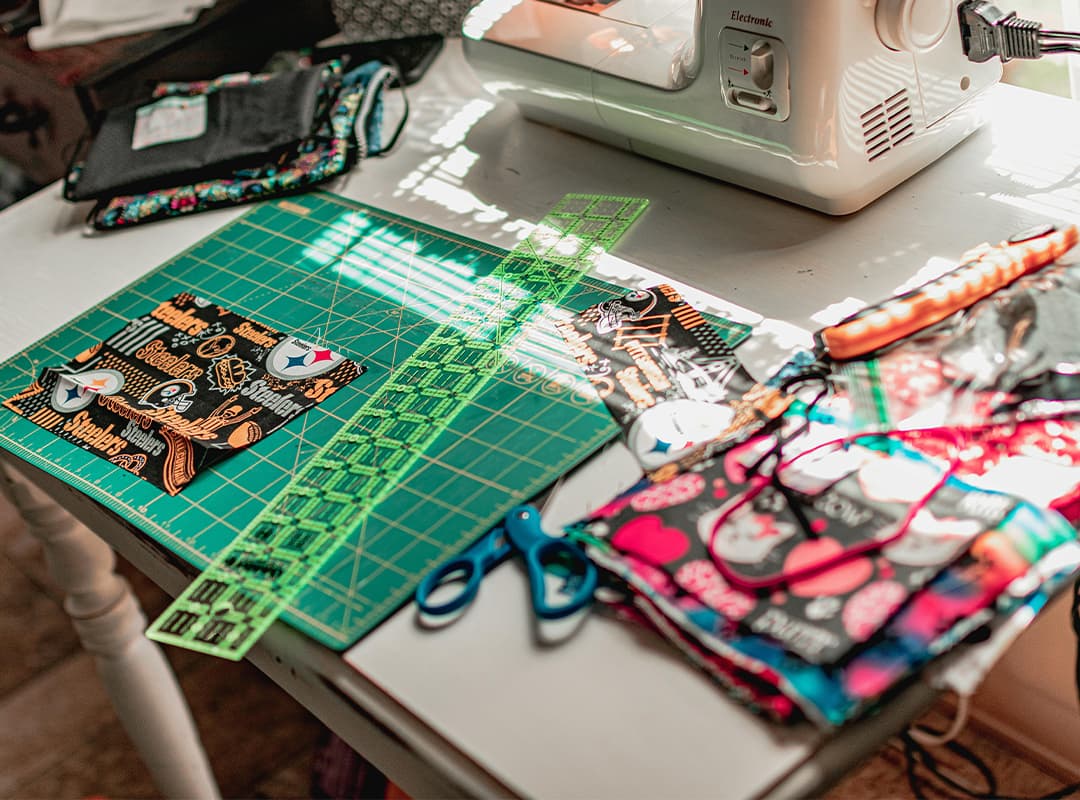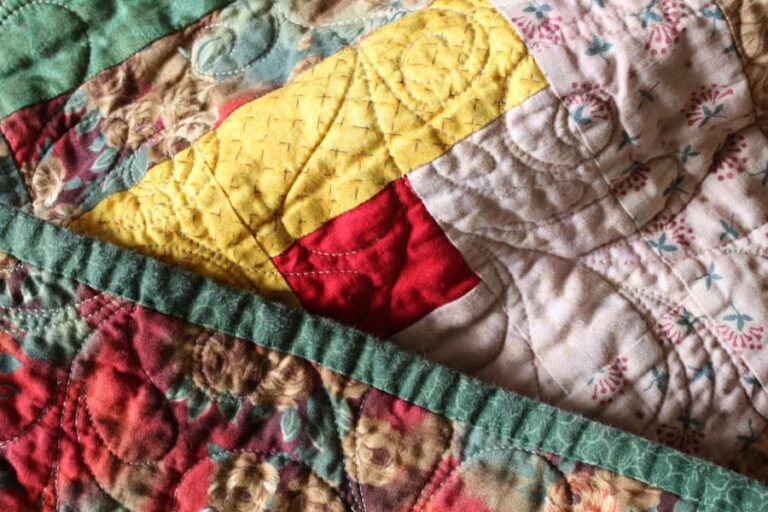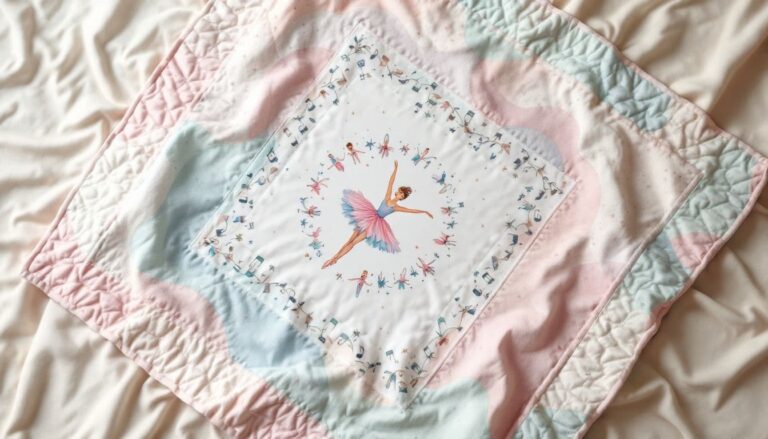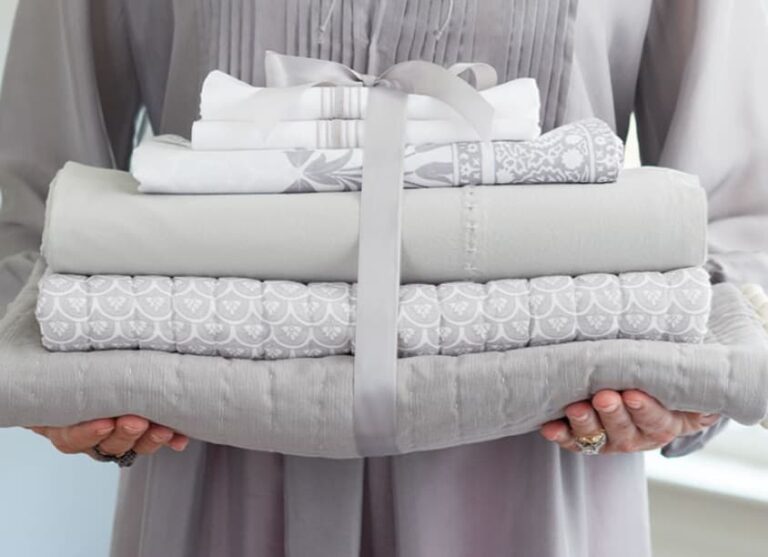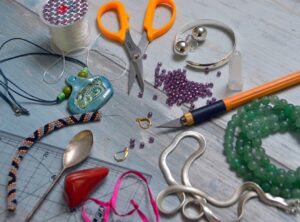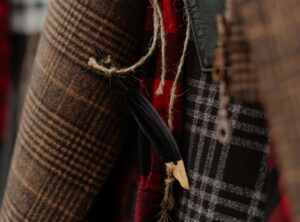Choosing the right fabric is one of the most important steps in any patchwork project. The fabric you select not only determines the overall look of your quilt but also affects how easy or difficult it will be to work with. For beginners and seasoned quilters alike, understanding how to make smart fabric choices is key to a successful and satisfying patchwork project. In this guide, we’ll walk through everything you need to know to select the perfect fabrics.
1. Understand Fabric Types
When it comes to patchwork, not all fabrics are created equal. The most common fabric used in quilting is 100% cotton, and for good reason. Cotton is durable, easy to sew, and has just the right amount of stretch to hold seams together without distorting your blocks.
Other fabric options:
- Linen: Adds texture and a rustic charm, but it can be tricky to sew due to its looser weave.
- Flannel: Soft and cozy, flannel is ideal for warm quilts, but it tends to fray easily, so be careful when cutting.
- Silk or Satin: Luxurious, but challenging for patchwork due to its slippery texture.
- Batiks: Hand-dyed cotton fabrics that often feature vibrant colors and designs. They are denser than regular cotton but work well for quilts.
For beginners, starting with 100% cotton is the safest bet, as it’s the easiest to manage and widely available.
2. Coordinate Colors and Patterns
One of the joys of patchwork is the freedom to play with colors and patterns. However, finding the right balance is key. If you’re new to quilting, it can be helpful to stick with a color palette or theme to ensure a cohesive look.
Tips for choosing fabric combinations:
- Start with a focal fabric: Choose one fabric with a strong design or color scheme, then select complementary fabrics to go with it.
- Vary patterns: Mix large-scale prints with smaller ones, or use solids to balance out busier patterns.
- Stick to a color palette: Limit yourself to 3-5 colors, including neutrals, to avoid overwhelming the eye.
Simplicity photo tip: Take a photo of your fabric selections before you start cutting. A quick snapshot can help you visualize how the colors and patterns will come together. Sometimes, seeing them through the lens brings a new perspective, making it easier to adjust choices before committing.
3. Consider Fabric Quality
Not all cotton fabrics are of the same quality. When buying fabric for patchwork, it’s important to choose fabrics that are durable enough to stand the test of time.
What to look for in quality fabric:
- Thread count: A higher thread count means the fabric is tightly woven and less likely to fray. Quilting cotton typically has a thread count of around 60-75.
- Feel: The fabric should feel sturdy but soft to the touch. Fabrics that feel too stiff may be coated with sizing, which can wash out and affect the durability of the quilt.
- Shrinkage: Prewash your fabrics, especially if you’re mixing different types. This prevents uneven shrinking after the quilt is finished.
4. Prewashing and Colorfastness
Prewashing your fabrics before starting your patchwork project can help prevent unwanted surprises later. Some fabrics shrink when washed, and darker or brightly colored fabrics can bleed into lighter ones.
How to prewash fabrics:
- Wash in cold water with a mild detergent.
- Air dry or tumble dry on low heat.
- Press with an iron before cutting.
Colorfastness is important if you are using vivid or dark colors. Testing for colorfastness is simple: dampen a scrap of fabric and press it between two pieces of white fabric. If the color transfers, the fabric might bleed during washing, so take extra care or consider using a color catcher when laundering the finished quilt.
5. Matching Fabric to Your Project
The type of patchwork project you’re working on will also influence your fabric choices. Consider both the function and aesthetic of the quilt.
- Baby quilts: Opt for soft, durable fabrics like cotton or flannel that are gentle on sensitive skin and easy to clean.
- Wall hangings: If durability isn’t a priority, you can explore more luxurious or delicate fabrics, like silk, satin, or even velvet.
- Heirloom quilts: Use high-quality cotton fabrics that will stand up to frequent use and washing. Stick to classic prints and colors for a timeless appeal.
Also, think about the season or theme of your quilt. For instance, rich, warm tones work well for autumn or winter quilts, while light, airy fabrics are perfect for spring and summer.
Choosing the right fabrics for your patchwork project is both an art and a science. By considering fabric type, color coordination, quality, and the specific needs of your project, you’ll be able to create a quilt that not only looks beautiful but also stands the test of time. And remember, even as you build technical skills, trust your creative instincts! Take that simplicity photo to help guide your choices, and you’ll be well on your way to crafting something truly special.
